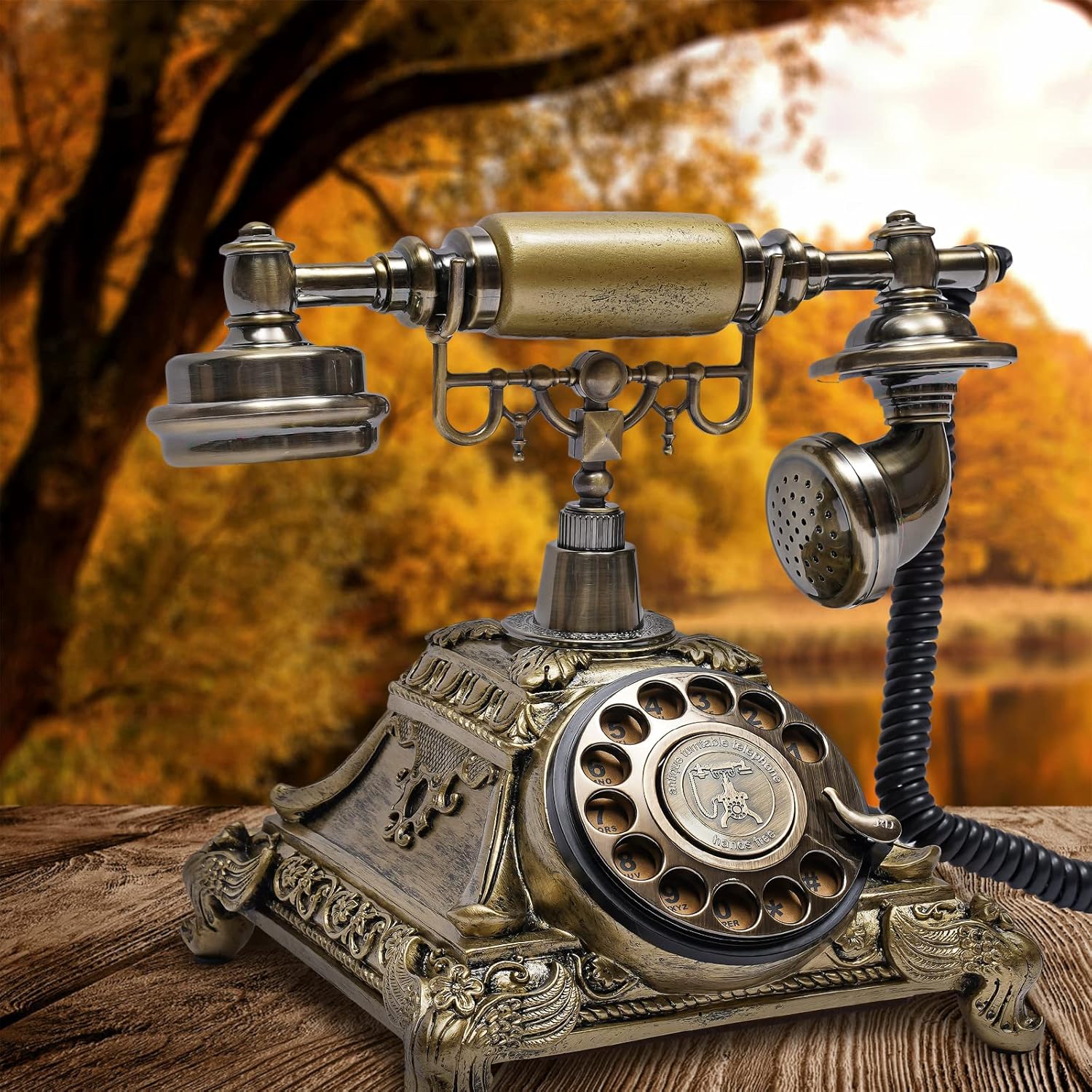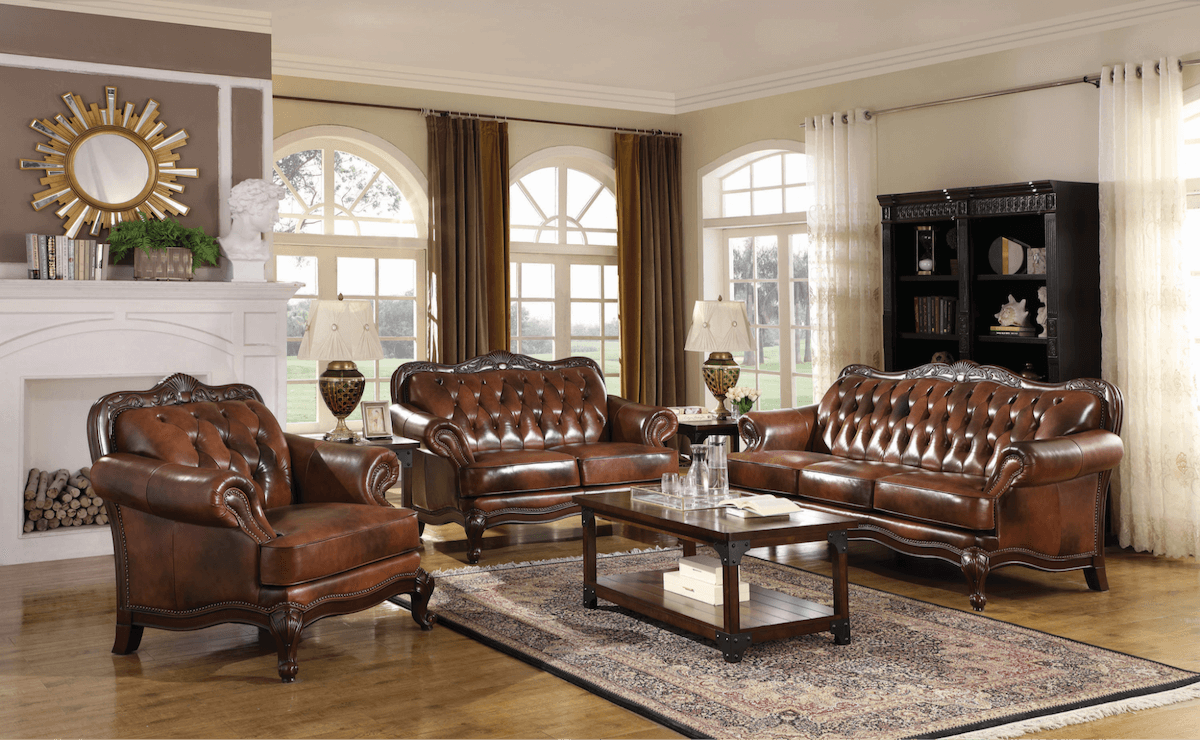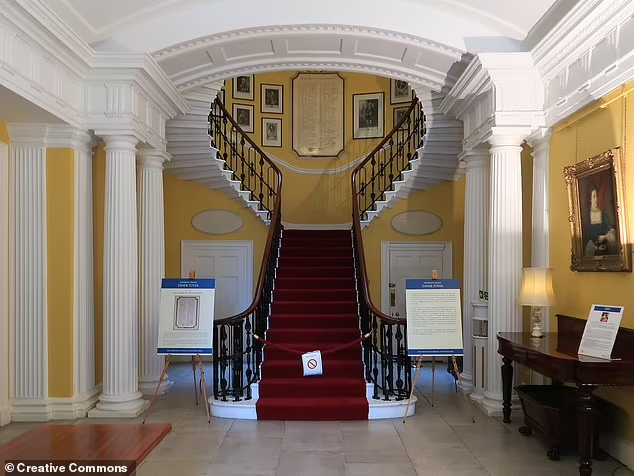In today’s fast-paced digital world, where smartphones, voice assistants, and instant messaging dominate our daily interactions, it’s hard to imagine a time when communication was limited to rotary dials and landlines. However, classic vintage-style telephones continue to captivate collectors, history enthusiasts, and design lovers alike. These iconic pieces of communication technology, though now mostly obsolete, carry with them an unmistakable charm that evokes nostalgia for simpler times. Whether it’s the timeless beauty of the rotary dial or the elegant curves of an antique candlestick phone, these vintage devices are more than just functional—they are statements of style and history.
This article delves into the history, design, and enduring appeal of classic vintage style telephones, examining their cultural significance and how they continue to influence modern design.
The Evolution of Telephones: From the Past to the Present
The Birth of the Telephone
The history of telephones dates back to the late 19th century, when Alexander Graham Bell was awarded the first US patent for the invention of the telephone in 1876. This groundbreaking invention revolutionized communication by allowing voices to travel over long distances via electrical signals. Early telephones were relatively simple, with users relying on manual exchange operators to connect calls. However, as technology advanced, so did the design and functionality of the telephone.
The first major change came with the introduction of the rotary dial in the early 1900s. This innovation eliminated the need for operator intervention, allowing individuals to dial numbers directly. Over the next few decades, telephones evolved further, becoming smaller, more efficient, and more accessible.
The Rise of the Classic Vintage Style
By the mid-20th century, the classic vintage telephone had emerged as a household staple. The iconic rotary phone, with its circular dial and sturdy construction, became the symbol of 20th-century communication. This era saw the rise of phones with distinct designs, such as the popular Bakelite models, which were made from a durable plastic material. These phones were not only functional but also beautiful in their simplicity, with sleek, smooth lines and bold colors that fit well with mid-century modern interiors.
The vintage telephone reached its peak in the 1950s and 1960s, when designs became more varied and refined. Companies like Western Electric and Bell Telephone Laboratories produced models that featured not only the rotary dial but also ergonomic handsets, more refined casing, and polished finishes. As the decades passed, the phone became a symbol of a bygone era—a testament to the days before wireless communication and the internet transformed the way we connect.
Key Types of Classic Vintage Telephones
1. Rotary Dial Phones
Perhaps the most iconic of all vintage telephones, the rotary dial phone remains a symbol of communication from the 20th century. Rotary phones feature a circular dial with finger holes, which were used to manually “dial” each number in the phone number. The sound of the rotating dial and the process of turning the numbers felt like an intentional, deliberate act, which contrasted sharply with the instant dialing of modern push-button phones.
Rotary phones were typically made from durable materials like Bakelite or metal, giving them a weighty, solid feel. The sound of the phone’s ringer, often a mechanical bell, added to the sensory experience of using these devices. Although the rotary phone has long been replaced by push-button models and smartphones, it remains a beloved relic of the past.
2. Candlestick Phones
Candlestick phones were one of the earliest telephone designs and were popular from the 1890s until the early 1930s. These phones were characterized by their tall, slender appearance, resembling a candlestick with a receiver mounted at the top. The receiver was held to the ear with one hand while the user spoke into the microphone, which was typically placed at mouth level on a separate part of the device.
Candlestick phones were primarily used in homes and businesses, though their design quickly gave way to more compact options as the telephone industry progressed. Today, the candlestick phone is a collector’s item, known for its classic beauty and historical significance.
3. Push-Button Phones
While not as ancient as the rotary or candlestick phones, the push-button phone made a significant mark on the vintage telephone scene. Introduced in the 1960s, the push-button phone was a major departure from the rotary dial. Featuring a keypad with numbers and symbols, these phones allowed for much quicker dialing and provided users with greater convenience.
Although push-button phones are not as retro as rotary models, they are still considered vintage by modern standards, particularly when they feature colorful designs or classic shapes. These phones were often made from sturdy plastic and were available in a wide range of colors, such as pastel pinks, blues, and greens, making them a popular choice for mid-century decor.
4. Princess Phones
The Princess phone, introduced by Western Electric in 1959, was a compact and elegant version of the traditional telephone. Known for its sleek design and small size, the Princess phone featured a rotary dial or push-button keys (depending on the model) and became particularly popular in the 1960s and 1970s. Its design was a departure from the bulky, industrial appearance of earlier telephones and helped bring the telephone into the realm of fashion.
Available in a variety of colors, the Princess phone became a cultural icon, featured in countless homes and television shows during its heyday. Its smaller footprint and appealing design made it especially popular for bedrooms and smaller spaces, and it remains a cherished piece of vintage communication history.
The Enduring Appeal of Classic Vintage Telephones
Nostalgia and Sentimental Value
One of the main reasons classic vintage telephones continue to captivate people is the nostalgia they evoke. For many, these phones represent a time before the internet, cell phones, and instant messaging dominated communication. They serve as a reminder of a slower, more deliberate era, where calling someone on the phone was an event in itself.
For older generations, the rotary dial and distinct sound of the phone’s ringer may evoke memories of childhood or early adulthood. For younger generations, vintage phones represent an intriguing glimpse into the past—an era when communication was a tactile, analog experience.
Aesthetic and Decorative Value
Beyond their functional and nostalgic appeal, classic vintage telephones are highly valued for their aesthetic beauty. The elegant lines, polished surfaces, and vibrant colors make these phones excellent decorative items. They often add a sense of vintage charm to a room, particularly in spaces that embrace retro or mid-century modern design elements.
Whether placed on a side table, bookshelf, or displayed in a collection, vintage telephones become conversation pieces, inviting curiosity about their origins and history. Their striking designs can complement a variety of interior styles, from traditional to eclectic, and continue to be admired for their craftsmanship.
Collectibility and Value
In recent years, there has been a resurgence of interest in vintage items, and classic telephones are no exception. Antique stores, flea markets, and online auction platforms often feature a wide range of vintage telephones, some of which can fetch impressive prices depending on their rarity, condition, and historical significance. Collectors often seek out rare models, such as early rotary phones or limited-edition designs, making these items valuable both as historical artifacts and as decorative collectibles.
Conclusion: The Timeless Charm of Classic Vintage Telephones
Classic vintage-style telephones are much more than relics of the past—they are symbols of an era when communication was personal, deliberate, and intimate. From the distinctive design of the rotary phone to the elegance of the Princess phone, these devices represent both the technological innovations of their time and the cultural trends that shaped the way people connected with one another.
Today, vintage telephones are cherished for their aesthetic beauty, nostalgic appeal, and collectibility. Whether used as functional décor or as part of a carefully curated collection, these timeless devices continue to capture the imagination of those who appreciate history, design, and the power of communication.



